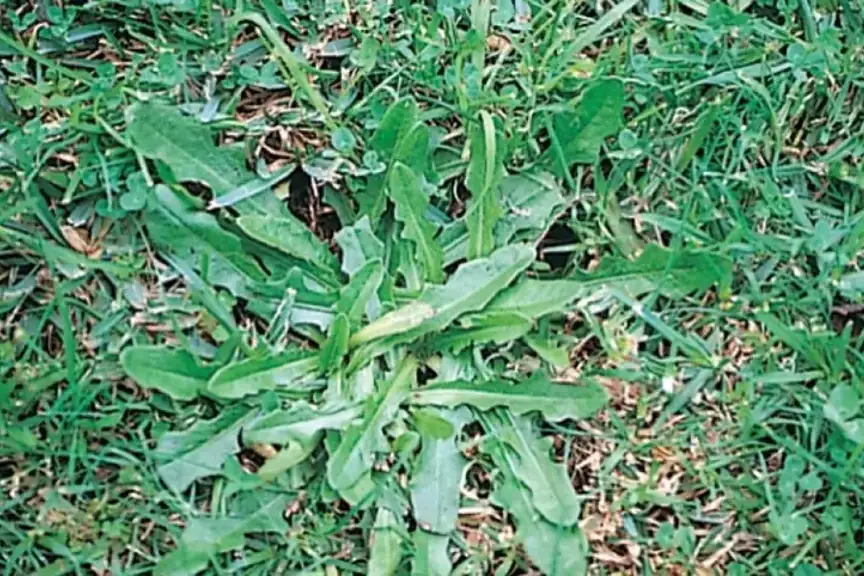Frequently Asked Questions - Weed Control


Head over to our Problem Solver to find a variety of common weeds (located here). If you're not sure what the weed is, take a few clear photos, and send them to our team of friendly and qualified horticulturists. We'll help you identify the weed, and provide a treatment program and product recommendation to suit your situation. Find us on Facebook @yatesgardening, or send a contact us form.
There are many ways to treat Weeds in lawns, however they require what is commonly referred to as a selective herbicide. The term “selective” is used because the herbicide has a mode of action which works selectively and does not kill everything, thereby removing some plant types while leaving others unaffected. In this case removing your weed but not killing your lawn. Link to lawn weed control products.
Weeds are very easily dispersed, so are difficult to eradicate completely. Weeds can be transferred on shoes, in manure, with animals, or even the mower. In Australia our most common weeds like Bindii and dandelion are Winter annuals, this means they germinate in the soil from around April-June and start setting seeds in mid-Spring.
Frequency depends on the method of application and the size of the weeds. As well as timing of application. Applying in late winter means all the seeds have germinated and you have beaten the flowering stage. Reapply if the weeds are looking like dying but haven't completely died by the 4th week after application. If they don't look like dying then you may have used the wrong herbicide for this weed and it is best to get further advice.
For some lawn owners as long as it's green it's fine. But consider this for a moment, most broadleaf weeds are annuals which only grow for part of the year and then set seed. Whilst in small numbers the lawn will cover over these small spots as they die out but as they grow in numbers through seeding the lawn can't fill in these spots and suddenly your lawn is bare, when it isn't covered in weeds. This means you need to get onto it before they get out of control.
In Australia our most common weeds like Bindii and dandelion are Winter annuals, this means they germinate in the soil from around April-June and start setting seeds in mid-Spring. These dates leave us a window between July and September for best results. Outside of this time period you can still achieve good results.
Herbicides for broadleaf weeds are generally applied to the leaf of the weed for best results. If rain is expected this has the potential to reduce the herbicides efficacy by removing the herbicide from the leaf. So hold out for another time.
For herbicides that require watering in it is best to also wait, not knowing the speed or amount of rainfall could result in the herbicide being washed off the leaf into drains rather than into the soil.
It is best to wait 4 weeks after to see what results have occurred before reapplying. Applying again straight away could add to the residual herbicide and cause damage to the lawn.
Each herbicide will have directions on the label and differs between products.
In most cases you can but be sure to follow the label if you have animals like chickens which feed on the grass. Also consider spot spraying weeds as this is a great way to reduce the total herbicide on the lawn.
Glyphosate is not a selective herbicide, it is very effective in killing weeds and any other plant it touches. We would not recommend this for large areas however occasionally a weed that cannot be controlled by a selective herbicide needs to be treated. In these cases it is best to brush the weed with Zero using a Zero wand.
It is best not to use lawn herbicides on the garden as they can be damaging to sensitive plants.
Knowing your lawn type is an important aspect to correct care and treatment. You can look up your lawn here.
A broadleaf weed conjures images of large “broad” weeds when in fact it is a horticultural term used to describe weeds which have veins that radiate out rather than running parallel like grasses or sedges.
A pre-emergent herbicide is one that is applied before the weeds come from seeds. The herbicide acts by inhibiting the seedling growth by creating a barrier or killing the plant as it emerges from the seed.
When sowing your new lawn, it is best to wait until your lawn is 3 months old before applying any product that can be sensitive to your growing lawn, we recommend after the 3 months using: